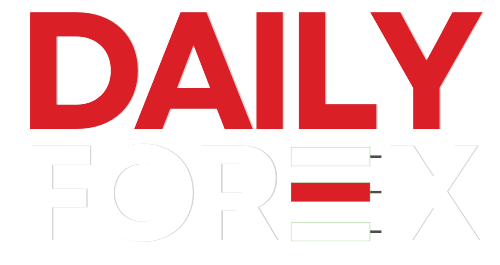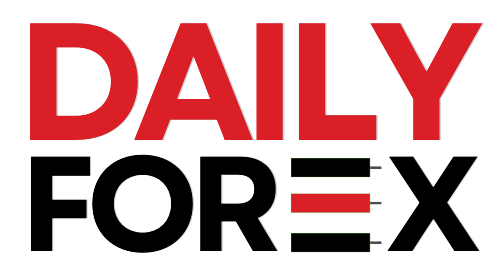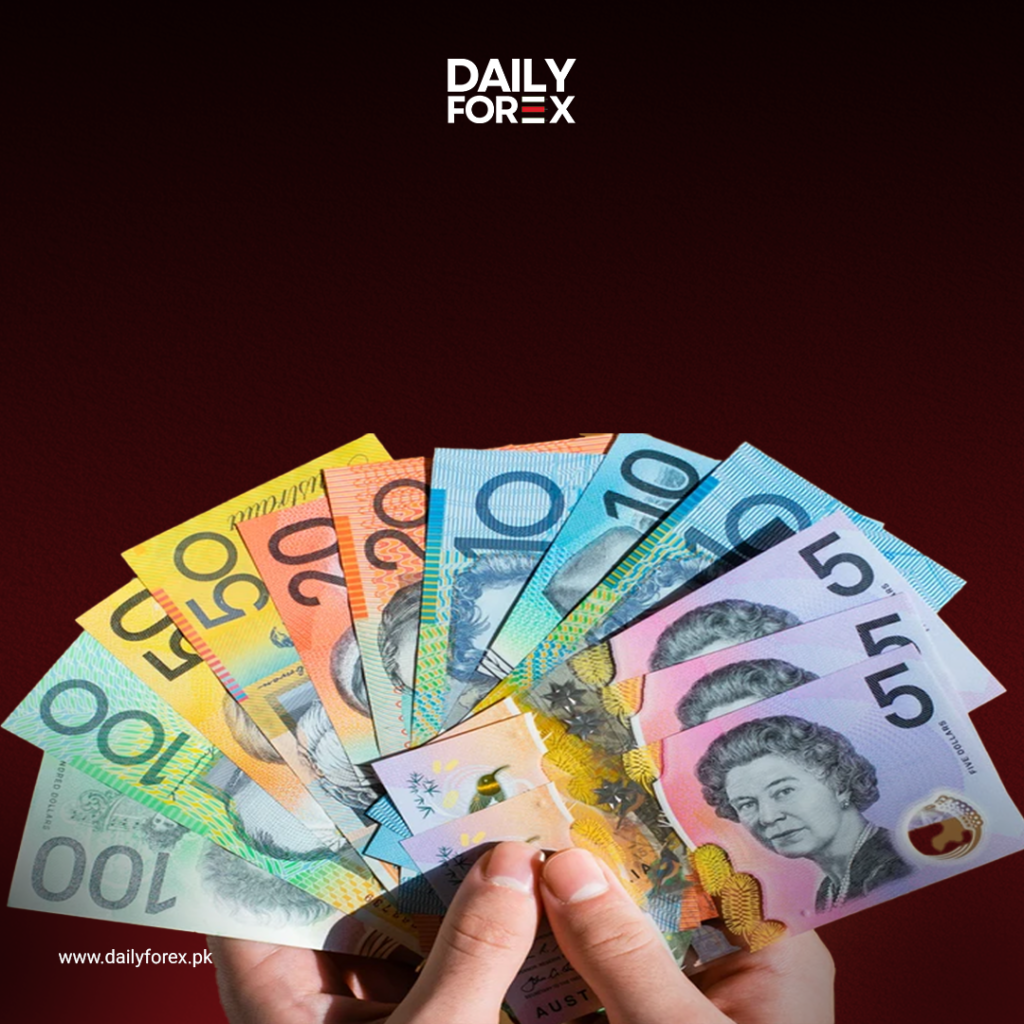Key Insight: The Australian Dollar (AUD) strengthens near 0.6500 after upbeat trade surplus data, while the US Dollar (USD) remains under pressure ahead of the latest Initial Jobless Claims and amid rising Fed rate cut bets.
📊 AUD Rallies After Strong Trade Surplus Surprise
The Australian Dollar (AUD) extended gains for a second straight session on Thursday, with the AUD/USD pair climbing above the 0.6500 level following stronger-than-expected trade balance figures.
According to the Australian Bureau of Statistics (ABS), Australia’s Trade Surplus rose sharply to AUD 5.365 billion in June, beating market forecasts of AUD 3.25 billion and significantly higher than May’s revised figure of AUD 1.604 billion.
- Exports surged 6.0% MoM, while imports declined 3.1%, further improving Australia’s trade position.
- The solid data highlights ongoing resilience in external demand and boosts optimism for the Australian economy.
Adding to the positive sentiment, China’s July trade balance also improved. Despite missing USD-based expectations, trade data in local currency terms indicated robust growth in both exports and imports, reinforcing optimism for Australia’s key trading partner.
🧨 Geopolitical Tensions Remain a Risk as Trump Threatens More Tariffs
US-China tensions resurfaced after President Trump signaled the possibility of new tariffs on Chinese goods, citing concerns over Beijing’s purchases of Russian oil.
This comes as the 90-day US-China tariff truce nears its expiration on August 12, with no new deal in sight. Although Australia was spared from the latest US tariff hikes, the escalating trade rhetoric may increase market volatility.
📉 Fed Rate Cut Bets Weigh on US Dollar Ahead of Jobless Claims
The US Dollar Index (DXY) struggles around 98.30, pressured by expectations that the Federal Reserve will implement a 25 basis point rate cut in September. The odds of a cut have surged to 95%, up from 48% a week ago, following weak labor market data and slowing economic indicators.
- The latest ISM Services PMI dropped to 50.1, reflecting slowing momentum in the service sector.
- The Employment Index declined to 46.4, while Prices Paid rose sharply to 69.9, keeping inflation concerns alive.
Fed officials, including Mary Daly and Susan Collins, acknowledged continued inflation risks but also flagged uncertainty as a key challenge for policy setting.
Meanwhile, President Trump confirmed he would appoint a new Fed Chair and a replacement for Governor Kugler by the end of the week, with Kevin Hassett and Kevin Warsh among the candidates. This could reshape the Fed’s leadership and policy direction heading into Q4.
🧾 AUD/USD Technical Analysis: Eyes on 0.6600 If Support Holds
The AUD/USD pair trades near 0.6500 on Thursday, holding above the nine-day EMA, indicating short-term bullish momentum.
🔍 Key Technical Levels:
- Support:
- 0.6495 – 50-day EMA
- 0.6494 – Nine-day EMA
- 0.6419 – Two-month low (Aug 1)
- 0.6372 – Three-month low (June 23)
- Resistance:
- 0.6600 – Psychological level
- 0.6625 – Nine-month high (July 24)
While the 14-day RSI remains below 50, the price recovery above key moving averages signals potential for further upside, especially if the pair sustains momentum above 0.6500. A breakout toward 0.6600–0.6625 could confirm a renewed bullish trend.
🔄 Market Outlook: RBA Rate Decision and US Data in Focus
- The Reserve Bank of Australia (RBA) is expected to cut rates by 25 bps next week, bringing the cash rate to 3.60%.
- Markets will closely watch whether the RBA signals future easing or adopts a hawkish tone, which could determine the AUD’s short-term direction.
- Meanwhile, upcoming US Initial Jobless Claims and Fed commentary may impact USD sentiment and add volatility to the AUD/USD pair.
For real-time AUD/USD analysis, forex forecasts, and trading updates, visit DailyForex.pk — your source for expert currency market insights in Pakistan.




